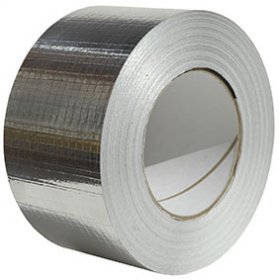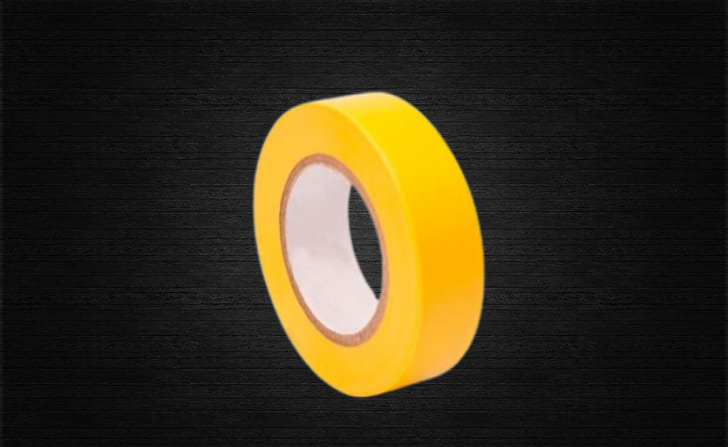At the time I didn’t have a car and a girl I was dating wanted to take me out in hers. I salvaged a deli slicer for the metal value to pay for gas to the beach.
I found the slicer next to a dumpster while walking home from the dollar store. I got $29 for the aluminum and $9 for the food grade stainless steel. Most of the stainless steel was in the giant cutting blade which was sharp enough to shave a buffalo or lop off a thumb. It took me about 30 minutes to extremely carefully dismantle it.
I tried to sell the motor because it was 1/2 horsepower but nobody wanted it so I just took it apart eventually.
I like this thing more than the girl in the end.
I would have thought all that copper was worth a fair few dollars alone.
Lotta time the coils are coated in insulation that makes salvaging the useable copper hard which affects the price.
Source: built stators for 5 years.
Was it a bit of a mess around the lacquer vat?
Boy was there
Copper is valuable but magnet wire not so much because it’s covered in lacquer
Can’t you burn off all the lacquer? I use magnet wire for soldering projects all the time because it’s cheap, solid core, and thin, and I just burn off what I need with my iron.
Might be a little more environmentally friendly to soak it in a solvent (lacquer thinner or acetone). If you’re not in a hurry anyway.
If I had 20 yes. I’m not going to dismantle this and clean the copper wire off for $6
Why not? /s
That’s a nice stator you got there
Kinda looks like a part of a miniature particle accelerator. Would look cool in a Sci-fi diorama


speaking of sci-fi dramas, i’ve recently discovered the Z Machine and it took me a good minute before i realized it actually exists and isn’t something from a movie. That shit is too cool to be true
That does not look like an industrial deli slicer.
I was scrolling past and thought this was a cupcake.
Bruh, make an Iron Man arc reactor! Get some 5V blue LEDs off eBay and power it with USB. I’ve done this!
That’s the stator winding of the motor. If you put a magnet in there and hook it up to AC you could make it spin.
Oh you mean a commutator?
Not quite. A commutator kind of pulses the supply to the rotor, eg a brushed motor would have two brushes up against the commutator, the brushes deliver DC voltage which energises a coil, creating a magnetic field that pushes against a stator that’s made of a permanent magnet. This rotates the rotor and commutator, which then moves the brush around to the next contact on the commutator, engergising a different coil so that the next coil pushes the motor around. The brush maintains a constant DC voltage, but the commutator connects this to different coils as it rotates.
This is a DC brushed motor, with windings on the rotor and the stator is just magnets:

And this is a commutator on top of a universal motor (which can run on either AC or DC):

The stator you have has its own windings, so it would be the stator that pushes against the rotor in that motor, rather than the rotor pushing against the stator like the brushed motor. So you just need to supply an AC voltage to the stator windings and you’ll get a rotating magnetic field, which can then move things inside with their own magnetic fields, eg a magnet, or the rotor it came with.
I wouldn’t really suggest doing this though hah. For starters, messing with supply voltages and bare windings can be very dangerous, and second if the magnet isn’t balanced it could fly out. And I’m sure there are a bunch of other risks as well lol. There’s also no telling why the motor didn’t work anymore, and it definitely won’t work as well as with the rotor that was designed for it.
Here’s some fun with a mitre saw motor: https://www.youtube.com/watch?v=iTcjMKs5mek





